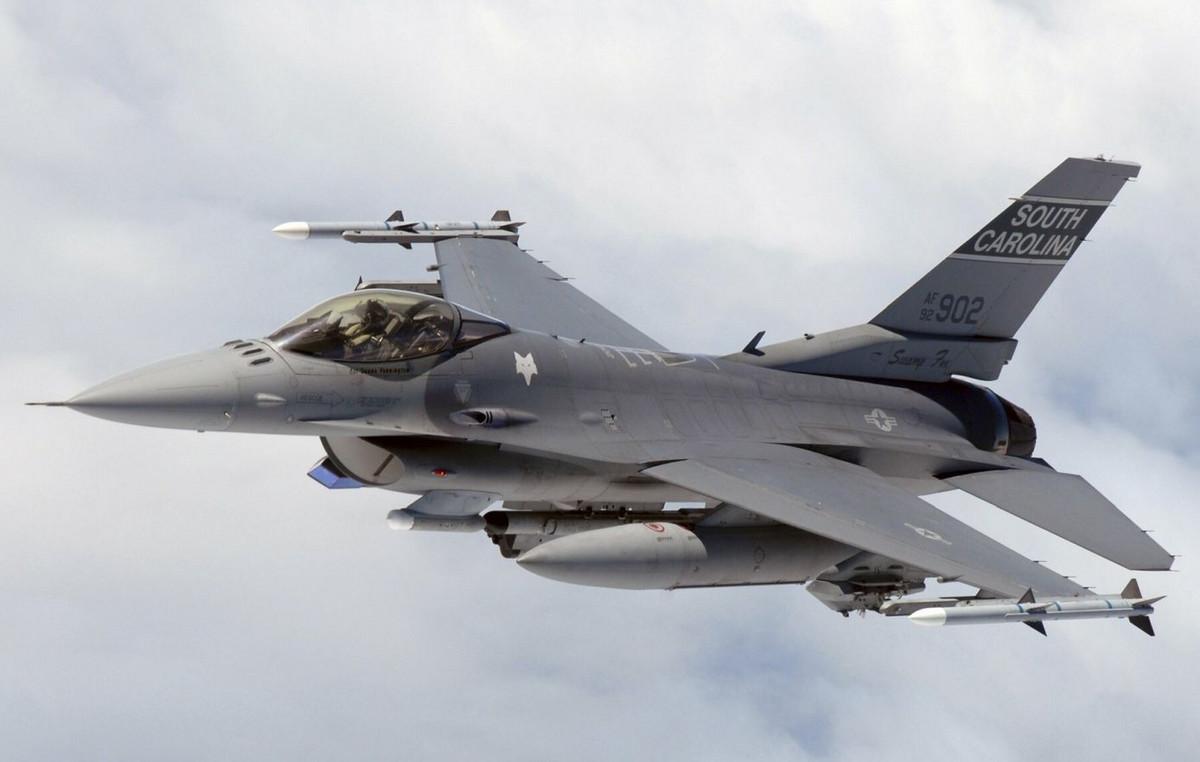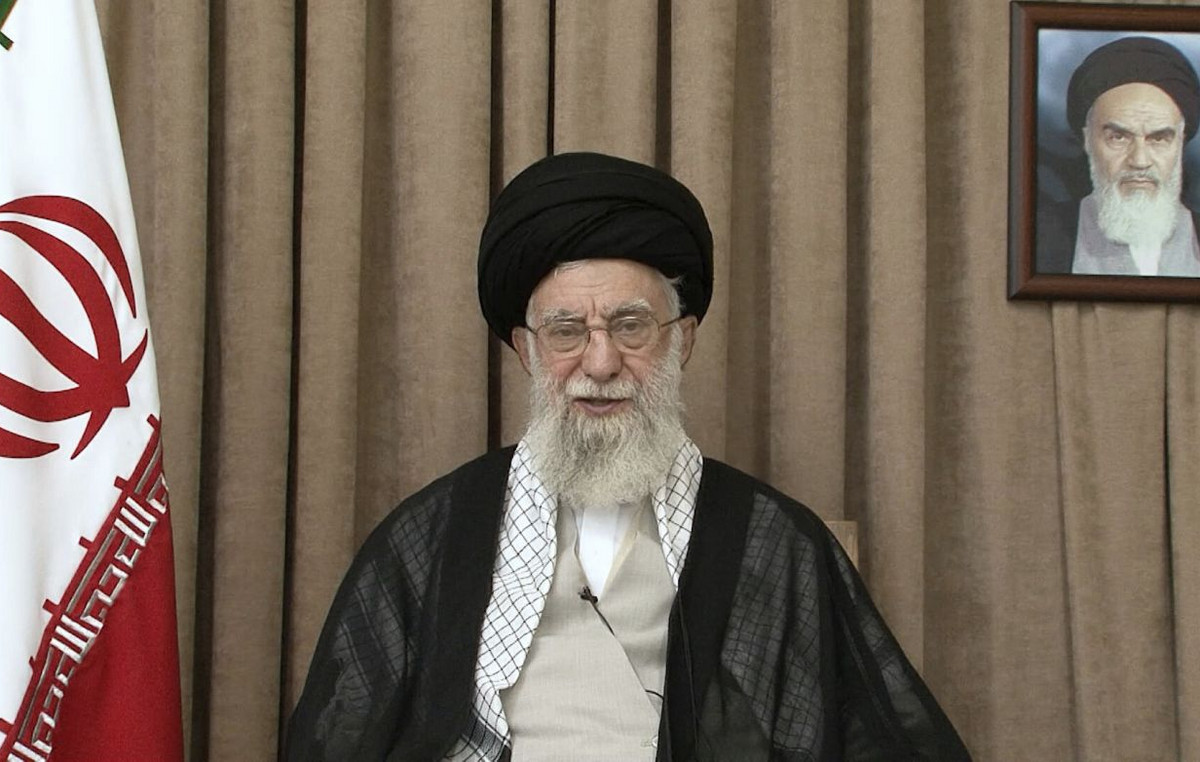It’s not just the night of San Lorenzo to bring shooting stars. In August there are the Perseids, in July the Pegasids arrive, with maximum intensity on the night between July 9 and 10, and the Capricornids, whose peak is on the night between July 11 and 12. All the names come from constellations, those towards which you must turn to see these fragments of comets: for the Pegasids the 169/Neat, for the Capricornids the Mrkos Pajdusakova and the little planet Adonis. All have the recognizable luminous trail.
Meteors can be seen every clear night of the year, but they can be seen in greater numbers during orbital encounters, when there is a greater quantity of dust ready to enter the atmosphere. In such cases we speak of meteor showers: the August one is just the most popular.
How to see shooting stars
You don’t need a telescope, just a dark spot and maybe the luck of the full Moon being far away. The naked eye is undoubtedly ideal for catching the sudden flash of such light trails, thanks to its natural panoramic vision.
At what time
Any time is fine, but in the second part of the night there is a noticeable increase in meteor activity because at dawn the observer is on the part of the Earth that advances along its orbit towards the cometary dust, it is as if he were seeing from the windshield, rather than the rear window of our planet.
Pegasids
The Pegasids are seen mostly on the night between July 9 and 10. The radiant is in the constellation of Pegasus and will be visible from 11 pm to 4 am. The fact that it is a low brightness of the Moon is useful. There are about 5 meteors per hour with high quality and visibility of the light trails that are fast. The constellation of Pegasus from Italy can be seen almost at the zenith in the hours before midnight from July to December.
Capricornids
They arrive on the night between July 11th and 12th and are visible from 11 pm until 3 am. They are slow and bright.
Perseids
The phenomenon of the fall is due to the impact with the atmosphere of the dust left by the passages of the Comet Swift-Tuttlediscovered in 1862, whose last passage dates back to 1992 because this periodic hairy star returns approximately every 135 years. They burn and leave a trail in the sky. It was the Italian astronomer Giovanni Schiaparelli, in the 19th century, who connected meteors and comets. The phenomenon is cyclical, visible every year. The Romans interpreted it as a propitious rain. It was the god Priapus who sent it to fertilize the earth of the fields.
«The phenomenon occurs when the Earth passes close to the intersection between its orbit and that of the comet in question, thus “diving” into the cloud of dust scattered by the latter along its path around the Sun», comments Gianluca Masi, astrophysicist, scientific director of the Virtual Telescope Project«These grains of dust, penetrating the Earth’s atmosphere at great speed, burn due to friction, thus leaving the characteristic trail in the sky». At most, up to 100 meteors per hour can be observed on average.
The maximum concentration of meteors will be visible on the night between Monday, August 12 and Tuesday, August 13, 2024, around 3:45 in the morning. You can also simply lie down on the ground and look towards the zenith, the center of the starry sky. They are visible throughout the sky. They are seen near the constellation of Perseus, from which they take their name, at mid-height in the northeast at the end of the night.
The story: why San Lorenzo
Popular tradition connects the astral phenomenon to the martyrdom of San Lorenzo, who was burned in 258, whose anniversary is celebrated on August 10th. The tears recall the burning coals of the martyrdom. The fame of the night of San Lorenzo has also been amplified by a poem: August 10th by Giovanni Pascoli. The poet composed it in memory of his father Ruggero, murdered in mysterious circumstances on August 10, 1867. The incipit is this: “San Lorenzo, I know why so many stars burn and fall in the tranquil air, why such great weeping sparkles in the concave sky.”
Source: Vanity Fair
I’m Susan Karen, a professional writer and editor at World Stock Market. I specialize in Entertainment news, writing stories that keep readers informed on all the latest developments in the industry. With over five years of experience in creating engaging content and copywriting for various media outlets, I have grown to become an invaluable asset to any team.







